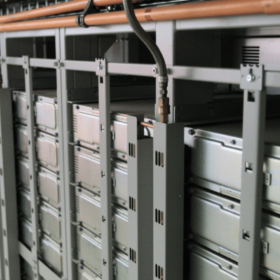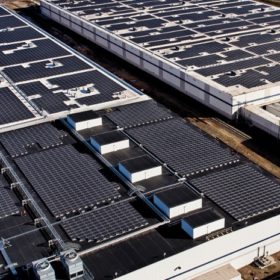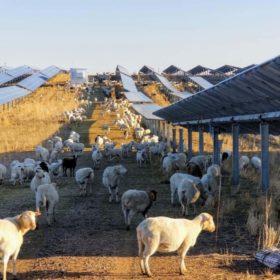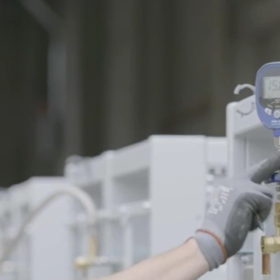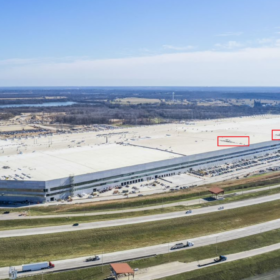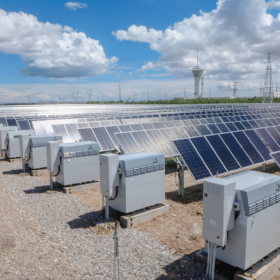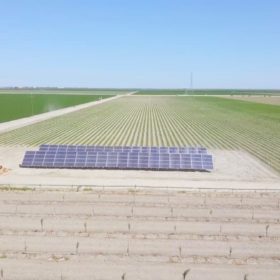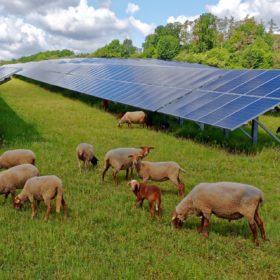Autonomous laser system clears birds from PV arrays
Bird Control Group’s autonomous laser system reduces bird populations in specific areas by more than 70%. In many cases, bird activity has been reduced by more than 99%.
Los Angeles soon be home to the largest US green hydrogen infrastructure system
Southern California Gas Company is submitting an application to build a 10 to 20GW electrolyzer and 25 to 35GW of new and curtailed wind and solar, along with 2GW of energy storage, to deliver green hydrogen to the Los Angeles Basin.
World’s largest lithium ion battery is down, again
The Moss Landing Energy Storage Facility Phase II in the United States set off fire alarms that activated a fault water suppression system, triggering a cascading set of events that resulted in roughly 10 battery packs melting down.
Solar power prices rising with demand
Recent BloombergNEF research shows that corporations procured a record 31GW of renewable energy in 2021, and LevelTen Energy says that growth occurred despite more than a year of price increases.
Grazing animals increase carbon sequestration by up to 80% in PV projects
Temple University researchers have found that managed sheep grazing on an acre of recovering agricultural soil with native plants may sequester 1 ton of carbon per year, which could accumulate for 12 to 15 years before reaching saturation.
A battery is only as good as its control system
A possible failed bearing and a software programming error in a heat-suppression system caused a cascading incident that damaged 7% of Vistra Corp.’s Moss Landing Energy Storage Facility.
Tesla Energy results up, but mixed, for 2021; solar makes nary a sound on quarterly call
On the company’s Q4 earnings call, the world-leading EV manufacturer again prioritized delivering cars over growing low-margin energy storage products, while solar products were barely noted. Both verticals grew though, solar by 68% and storage by 32%.
US zero-carbon future would require 6TWh of energy storage
US researchers suggest that by 2050, when 94% of electricity comes from renewable sources, approximately 930GW of energy storage power and six and a half hours of capacity will be needed to fully cover demand for electricity in the United States.
Pulling fertilizer out of thin air with PV
Nitricity has developed an experimental plasma reactor that uses PV electricity to produce competitively priced, environmentally clean, nitrogen fertilizer. Its onsite fertilizer production eliminates emissions from transport, and provides a viable alternative to fossil-based nitrogen fixation methods like the Haber-Bosch process.
All solar is equal, but rooftop solar is more equal
Cornell Researchers have found that upstate New Yorkers prefer rooftop solar to community solar under 50 acres, but opinions are split 50/50 over large-scale ground mounts. The distaste for utility-scale solar is strongest when converting forests, public land and productive farmland.


